The discovery of a 12th-century skeleton at Hereford Cathedral has left archaeologists with fascinating clues about the life and death of a medieval man, possibly a knight. His remains show signs of significant injuries consistent with jousting, a popular sport and military training exercise for knights during the medieval period. While there is no way to definitively confirm the exact cause of his death, the evidence strongly suggests that his wounds were sustained in a jousting tournament.
The Discovery at Hereford Cathedral
Between 2009 and 2011, archaeologists working on a Heritage Lottery-funded project at Hereford Cathedral uncovered the remains of approximately 700 individuals buried over the course of several centuries. Among these remains was the skeleton of a man who may have been a knight. The excavation site, which dates back to the early 12th century, offers a wealth of historical insight into medieval life, including injury, disease, and burial practices.
The skeleton of the knight was found in a partial stone-lined burial, which was a common form of interment during the late medieval period, between 1100 and 1300 AD. What set this skeleton apart, however, were the multiple injuries evident in the bones. Many of the fractures had healed, suggesting they had been sustained earlier in life, but some remained unhealed, indicating the man may have died from the wounds.
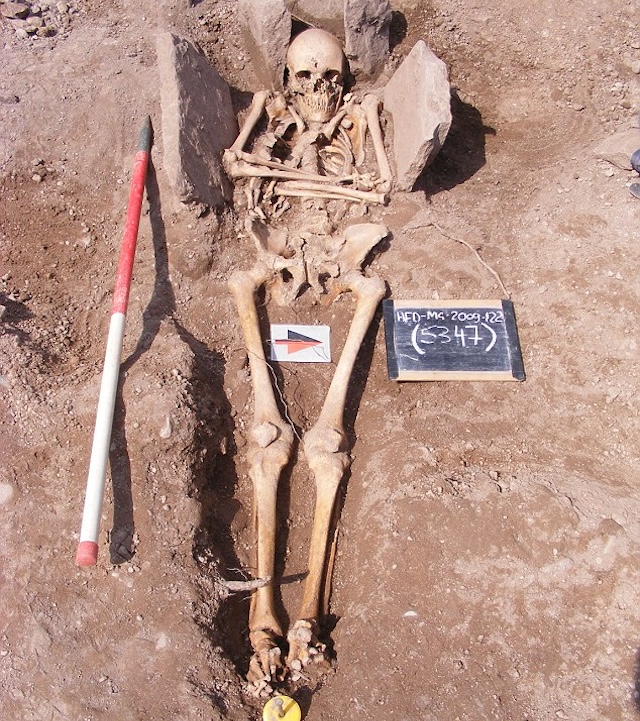
Injuries Consistent with Jousting
Upon examining the skeleton, archaeologists noted several key injuries. The man had multiple fractures on his ribs and right shoulder, some of which had healed while others were still fresh. These injuries are consistent with the kind of blows sustained during jousting, where knights would charge at each other on horseback, armed with lances.
Additionally, the skeleton revealed a twisting break in the knight’s lower left leg. Experts speculate that this injury could have occurred when the man was knocked off his horse, with his foot still caught in the stirrup, causing his leg to twist as he fell. This kind of break would be typical in a jousting accident, where forceful impacts were common.

Jousting in Medieval England
Jousting was more than just a sport in medieval England; it was a form of military training and a way to settle disputes among nobles. Knights were highly trained warriors who served their lords and kings, and tournaments provided a way for them to hone their skills in combat. Originating in the 10th century, jousting gained popularity across Europe and became a symbol of chivalry and nobility.
The first formal jousting tournament is said to have been organized by Godfrey de Preuilly in 1066. Following the Norman conquest of England, the feudal system created a hierarchy in which knights were expected to provide military service. Tournaments became a way for knights to practice their horsemanship and combat skills.
However, jousting was not without danger. Despite the use of blunted weapons in some cases, injuries and even deaths were common. Early tournaments involved large numbers of knights fighting in mock battles, with some resulting in fatalities. By the 13th century, rules were introduced to make the sport less lethal, including the use of a “lance of peace,” which had a blunt, decorative tip.
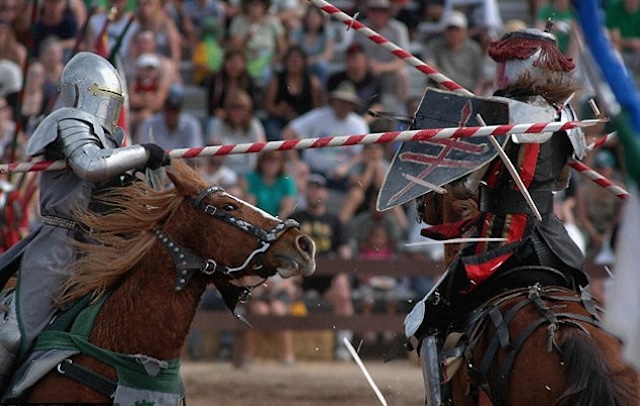
The Role of Jousting in Medieval Society
Jousting held a central place in the life of a knight. Not only did it provide a way to practice for battle, but it also offered opportunities for social advancement, as successful knights could earn renown, prizes, and favor with the nobility. In some cases, disputes between nobles were settled by jousting, with the winner seen as having divine approval for their cause.
The sport reached its height during the Tudor period, with elaborate pageants and tournaments held for state occasions, such as the marriage of King Henry VIII to Anne Boleyn. However, with the advent of firearms in the 16th century, jousting gradually declined as a practical military exercise, becoming instead a form of entertainment at court.

Life and Death of the Hereford Knight
The Hereford knight, who died around the age of 45, likely endured multiple injuries throughout his life. The fractures on his ribs and shoulder suggest that he participated in tournaments or battles on several occasions, and his injuries would have been painful and debilitating. His twisted leg, a probable result of falling from a horse during a joust, may have contributed to his eventual death.
It is remarkable that he continued to engage in such violent activities well into his 40s, an age when many knights might have retired from active combat. His resilience suggests that he was a seasoned and tough individual, accustomed to the dangers of his profession.
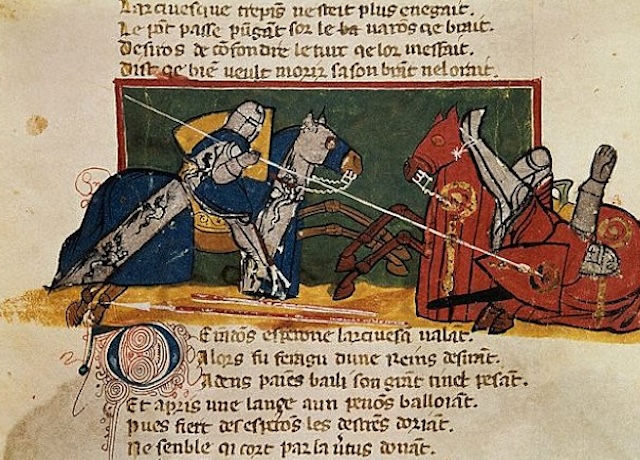
A Glimpse into Medieval Life at Hereford
The excavation at Hereford Cathedral has revealed much about life in medieval England. The remains of the knight are just one part of a larger picture that includes the skeletons of individuals who suffered from diseases, injuries, and other afflictions common in the Middle Ages. Among the discoveries were the remains of a leper and a woman with a severed hand, raising questions about their lives and the circumstances surrounding their deaths.
Additionally, the analysis of the knight’s teeth suggests that he was raised in Normandy and later moved to Hereford, indicating that he may have been part of the Norman nobility that settled in England after the Norman Conquest in 1066.
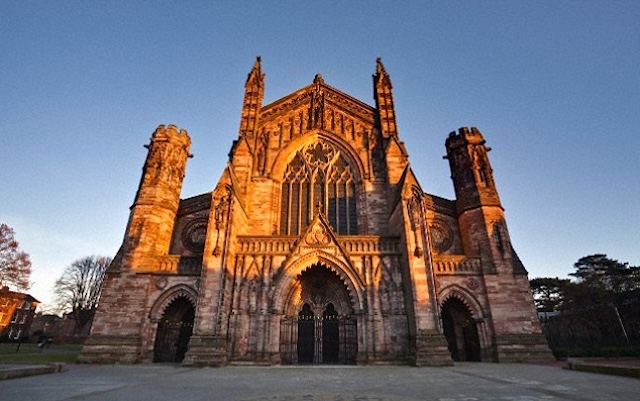
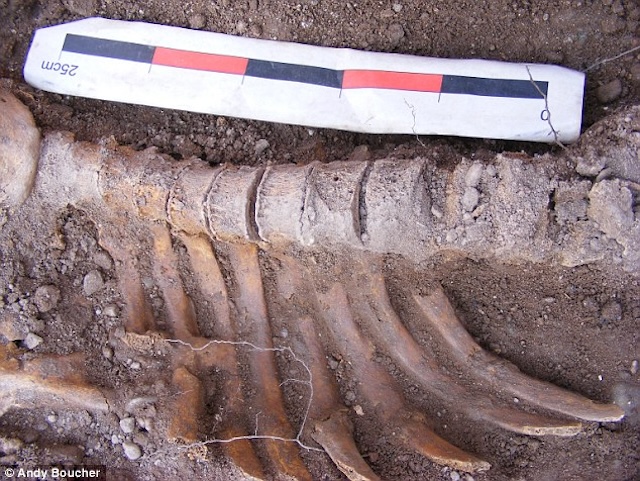
Conclusion: The Legacy of a Medieval Knight
The discovery of the Hereford knight provides a fascinating glimpse into the life of a medieval nobleman, who likely fought in jousts and may have died from injuries sustained during a tournament. His skeleton, with its multiple fractures and signs of violent activity, tells the story of a man who lived in a world where physical combat was both a way of life and a means of survival.
While we may never know the full details of his life or the exact cause of his death, the evidence uncovered at Hereford Cathedral gives us a deeper understanding of the role of knights in medieval society and the physical toll that jousting and warfare took on these individuals. The study of this knight’s remains continues to shed light on the violent and tumultuous world of medieval England.
